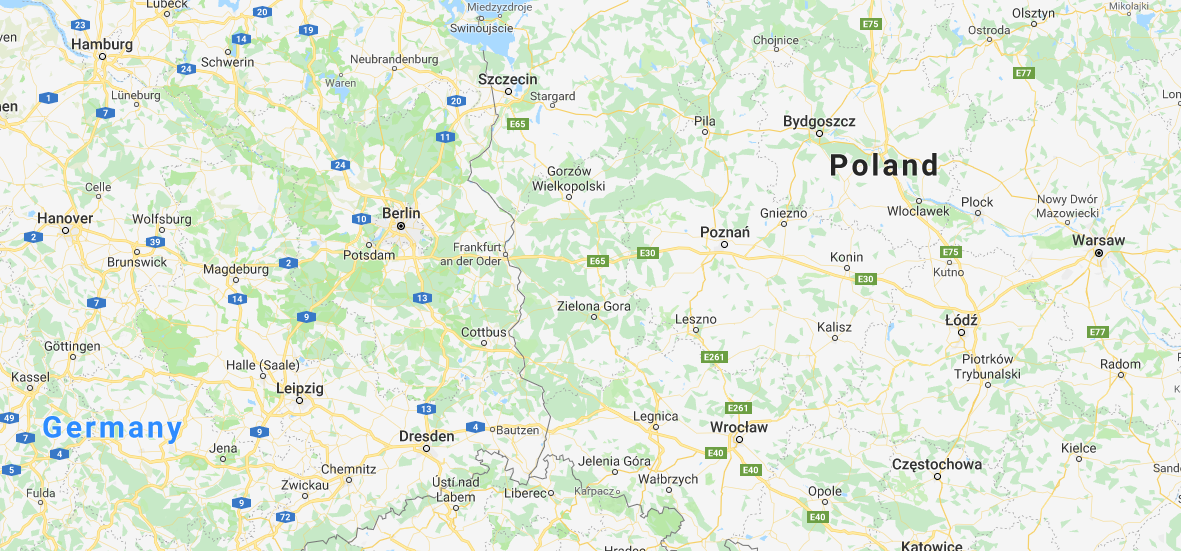Summary:
- "Massive competition" is envisaged from New Central Polish Airport project to the new(ish) Berlin airport;
- The German example is already delayed by eight years; the other is projected for opening in 2027;
- Both have financial issues to contend with, but seven years should be enough for Berlin Brandenburg to establish a competitive advantage.
"We still have a time competitive advantage over Warsaw", Mr Czaja said, and added, "if we close Tegel and cannot get ahead at BER, we will forfeit this advantage".Tegel Airport is set to close six months after the new BER opens as there is a legal exclusion to two-airport operation in the city that was built into the government agreement that ratified the new airport.
As things stand, BER, which is based on and around Schönefeld Airport, is currently set to become fully operational in Oct-2020 at a total cost of EUR6 billion (USD6.9 billion). That fact that electrical wiring and fire control systems still present a problem eight years after they first emerged is worrying. While it has been under (re)-construction a second, low-cost oriented, terminal has been added to the construction schedule and a further EUR2 billion/USD2.3 billion sought for further expansion out to 2030, increasing capacity to 50 million passengers per annum. Some form of 'hire-purchase' agreement is to be investigated for the remaining construction though it is unclear just what that means.
While this construction continued the two existing Berlin airports have seen their combined passenger traffic grow to 33.3 million (2017), finally entering the European premier league of airports though still well behind Paris, London, the single-airport cities of Amsterdam and Madrid, and Germany's own hub at Frankfurt.
In comparison, the New Central Polish Airport is a genuinely new one in that, while it has been the subject of debate since 2006, it was only formally proposed three years ago in a location 40 km to the west of Warsaw, and at a projected cost of USD6-7 billion. The new airport is expected become the hub of LOT Polish Airlines. The intention is to connect it to major cities across the country by high-speed rail and make it a genuine 'central' airport as well as one serving the local Warsaw market.
Faster progress is being made with this airport and associated structures although it must be added that the anticipated opening date is 2027! Surely BER will be open by then? Executives seemed confident at the recent CAPA World Aviation Summit in the German capital that the Oct-2020 date was solid, but there were similarly show about the original opening date almost a decade ago.
MAP - Berlin and Warsaw are located far enough away to have their own catchments, but perhaps too close for both to act as regional hubs Source: Google Maps
Source: Google Maps
Back in Poland and the city of Radom has concluded negotiations for the sale of Radom-Sadków Airport to PPL Polish Airports SE. The intention is that the Radom airport will act as a low-cost carrier (LCC) facility alongside the New Central Polish Airport. Then, in Dec-2018, Poland's 'Central Transportation Port LLC' special purpose entity (SPE) was registered with the country's National Court Register. The new entity will be responsible for construction of the New Central Polish Airport.
It will require a variety of funding sources. While it is expected the airport division will be profitable and major financing problems are not anticipated, the financing for railway services operating to the airport will be more complex, with options including EU funding. There will also be a development of an airport city which still requires a well-prepared development plan that accounts for the needs of investors.
There is a degree of overlap between Berlin and Warsaw in terms of their respective catchment area, but they are still over 570 km apart. What must be worrying Mr Czaja is whether the new airport could trump Berlin as a northeast mainland European hub. Berlin, with its traffic split between three airports after the Second World War, has never really been a hub while Warsaw has, albeit a minor one.
Another factor causing concern in Germany must be that the CEO of LOT Polish Airlines has proposed the establishment of US immigration pre-clearance facilities at the New Central Polish Airport in order to facilitate travel to the United States of America. The selection of 10 airports in nine countries in May-2015 after which the US would enter negotiations with their countries' governments to introduce immigration pre-clearance did not include Berlin, or indeed any other German city.
Seven years should be enough to create a significant competitive advantage for Berlin Brandenburg, and there is lingering resistance to the new Polish airport in that country, but we have all learned that nothing is over until the fat lady sings.